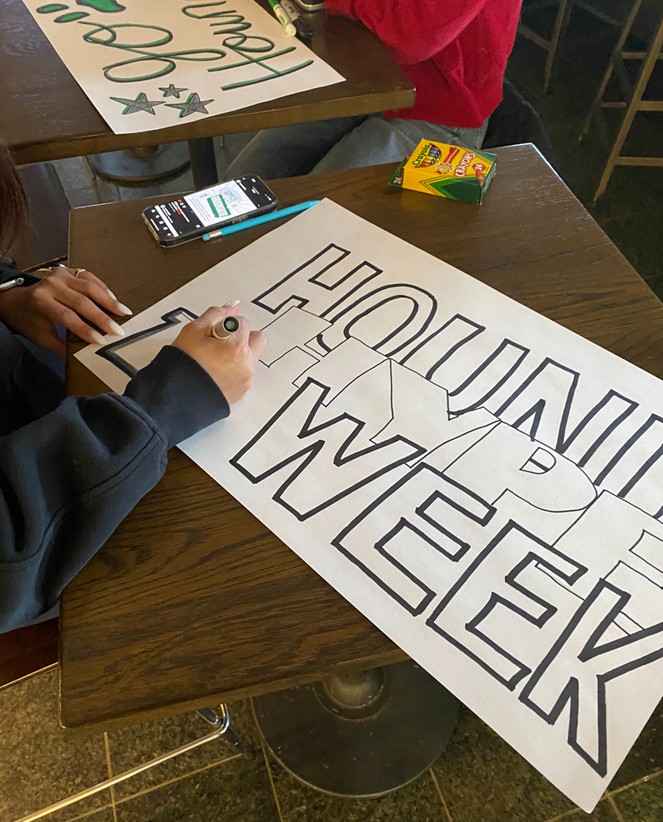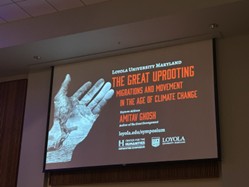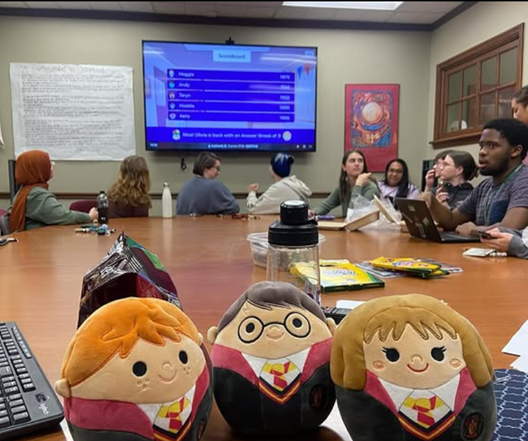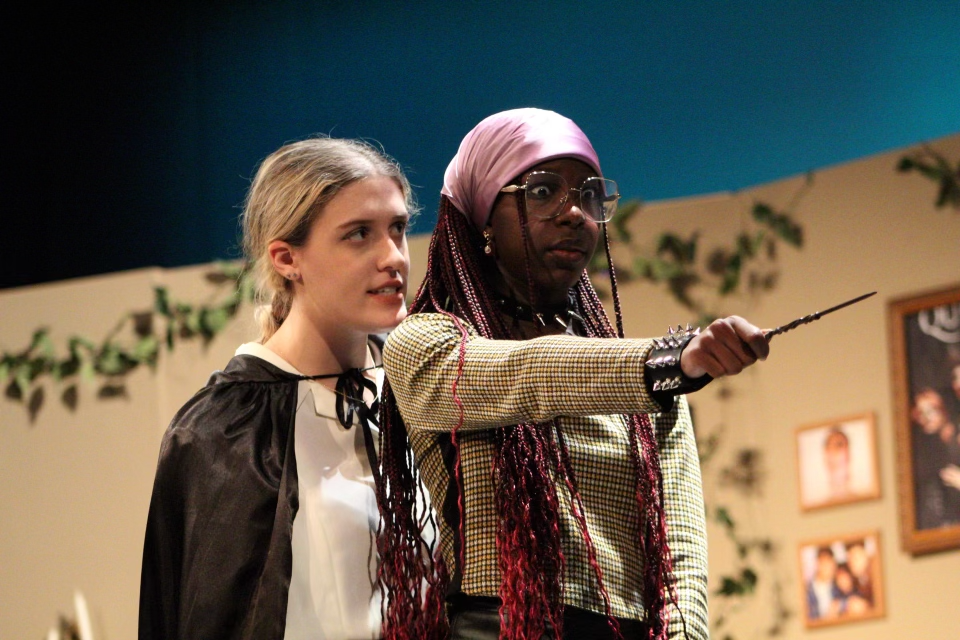The Julio Fine Arts Gallery has opened its newest exhibition, titled “Mapping Mnemosyne – Where am (I/WE/YOU)?” The gallery and its works were made by The Mnemosyne-Initiative, an international collective of 14 artists, all producing work that illustrates the ways that memory and human experience shape our world, especially in the context of trauma and pain. The exhibition was curated by Artemis Herber, an award-winning artist in both the mediums of sculpture and painting. She is a participating member of the Mnemosyne Initiative, whose own work sits amongst the collection.
“Mnemosyne,” included in both the title of the exhibition and the initiative itself, refers to the Greek mythological figure. Mnemosyne is a titaness, the goddess of memory, and essentially a personification of the concept of memory itself. She is also the mother of the nine muses, who are the inspirational goddesses of literature, science, and the arts.
“When you walk into a museum, it reminds you of the muses,” Herber said.
The pieces within the collection all demonstrate a method of “mapping” or recording memory, and are organized together to form a cohesive commentary on the role of memory in human life.
“Basically we are living with pinpointing and constant tracking. We are basically controlled by some systems. So we wanted to address those aspects by combining mapping and Memosyne to see what kinds of things artists are exploring through their mapping practices. And the mapping practice is also informed by memory,” Herber said.
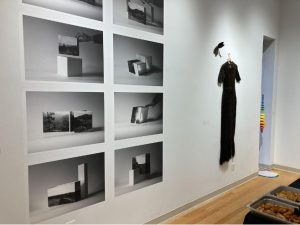
The exhibit is split into three main sections, with every piece uniquely representing the ways in which memory influences ourselves and the perception of the world around us. Despite the common theme, all of the pieces are very different and distinct. There are many forms and aspects of art in the exhibition including pottery, maps, battlefield photographs with geometric shapes, paintings, videos, and even a dress made from strands of real hair.
Each work is composed by an artist of a vastly different part of the earth. The exhibit hosts the work of artists from Hungary, Greece, Japan, Mexico, and even Maryland. Each installation has vastly different influences and backgrounds from the rest, yet all convey similar ideas. The methods of mapping, however, are all very unique.
Herber described the exhibition and its different sections as a sort of “constellation,” displaying the web of connections, influences, and relations the artists of the Mnemosyne-Initiative group have developed in their time working with each other.
“That map of constellations is laid out in this exhibition. You have the fluidity of the topography, the body, material culture. And then in the center, we have these two pieces bringing them together,” Herber said.
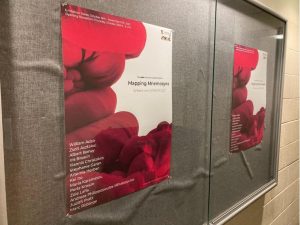
The center of the room, or rather, the center of this map of constellations, includes two main pieces. The first is a long, tightly coiled piece of red silk from Greek artist Zoe La, which is featured prominently on the posters advertising the exhibition that are hung around campus. Herber said this red coil is meant to represent the very beginning of memory that begins at birth. The second centerpiece that sits directly across from it is a large golden door, constructed by artist William Adair, that is meant to represent infinity.
“There is a beginning maybe, but there’s no end. The golden door of infinity reflects that” Herber said.
To experience it for yourself, the Mapping Mnemosyne exhibition will be on display in the Julio Fine Arts Gallery until Nov. 17.








































































































